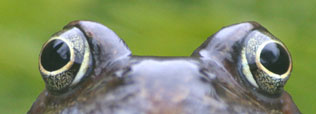Xanthandrus comtus
Abdomen segment T2 has round spots and segments T3 and T4 have semi-circular spots tht may join in the middle. Males are considerably more colourful than females which have darker, greyer markings on the abdomen.
None
It usually occurs in woodland edge (deciduous and coniferous) and scrub where adults are usually found visiting flowers or resting on vegetation in clearings or along tracks.
Late May to October.
The larvae prey on the caterpillars of various micro-moths.
Although relatively frequent in older collections, this species underwent a period of decline and came to be regarded as a great rarity. It has evidently recovered, as there are numerous recent records at widely scattered localities throughout the southern half of Britain, and it has recently been found in Scotland (Rotheray, 1992). Records remain very erratic, however, and there are few sites where it occurs regularly. This could possibly indicate that this species is a migrant.
Local and scarce in Leicestershire and Rutland.
Leicestershire & Rutland Map
Enter a town or village to see local records
MAP KEY:
Yellow squares = NBN records (all known data)
Coloured circles = NatureSpot records: 2020+ | 2015-2019 | pre-2015
UK Map
Species profile
- Species group:
- Hoverflies
- Kingdom:
- Animalia
- Order:
- Diptera
- Family:
- Syrphidae
- Records on NatureSpot:
- 0
- First record:
- // ()
- Last record:
- // ()
Total records by month
% of records within its species group
10km squares with records
The latest images and records displayed below include those awaiting verification checks so we cannot guarantee that every identification is correct. Once accepted, the record displays a green tick.
In the Latest Records section, click on the header to sort A-Z, and again to sort Z-A. Use the header boxes to filter the list.


